 At the 2016 American Geophysical Union Fall Meeting in San Francisco, December 12 to 16, nearly 24,000 scientists from around the world are gathering to share their latest research results in all areas of Earth science. Find out how researchers are using data from U.S. Department of Energy’s Atmospheric Radiation Measurement (ARM) Climate Research Facility—the world’s most comprehensive outdoor laboratory and data archive for research related to atmospheric processes that affect Earth’s climate—to improving regional and global climate models.
At the 2016 American Geophysical Union Fall Meeting in San Francisco, December 12 to 16, nearly 24,000 scientists from around the world are gathering to share their latest research results in all areas of Earth science. Find out how researchers are using data from U.S. Department of Energy’s Atmospheric Radiation Measurement (ARM) Climate Research Facility—the world’s most comprehensive outdoor laboratory and data archive for research related to atmospheric processes that affect Earth’s climate—to improving regional and global climate models.
Below are a few items of note at this year’s meeting; see the complete presentation page for over a 100 oral and poster sessions featuring ARM data, including invited talks. To learn more about ASR-related research at AGU, see the Atmospheric System Research (ASR) web page. AGU’s 2016 scientific program is also available.
Town Halls
This year, the U.S. Department of Energy, Office of Biological and Environmental Research and its projects will once again host town hall meetings including:
-
- TH13B. DOE’s Strategic Developments at the Terrestrial-Aquatic Interface Under a Changing Climate
Monday, December 12, 12:30 to 1:30 p.m., Moscone West 2004 - TH43G. Requirements for Improving Coordination of Ice Sheet Observation and Modeling-Based Activities
Thursday, December 15, 12:30 to 1:30 p.m., Moscone West 2005
- TH13B. DOE’s Strategic Developments at the Terrestrial-Aquatic Interface Under a Changing Climate
Campaign Results
Green Ocean Amazon
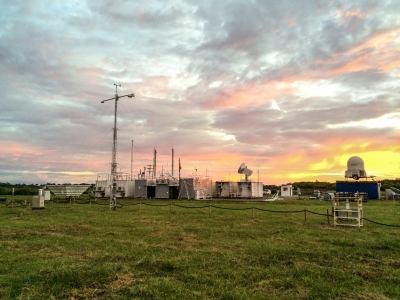
-
- Using the first ARM Mobile Facility, a two-year field study in the Amazon Basin produced data that are enabling scientists to study the intricacies of the natural state of the Amazon rain forest, atmosphere, and land systems, and how these may be disrupted by human influences. GoAmazon 2014/2015 research, a collaboration among U.S. and Brazilian research organizations, will be featured as part of a session focused on clouds, aerosols, and biosphere/atmosphere interactions.
Session A41M. Interactions between Biogenic and Anthropogenic Emissions: Contrasting the Southeast United States, Amazonia, and Other Regions of the Atmosphere I – Thursday, December 15, 8 to 10 a.m, Moscone West 3004
Holistic Interactions of Shallow Clouds, Aerosols, and Land-Ecosystems (HI-SCALE)
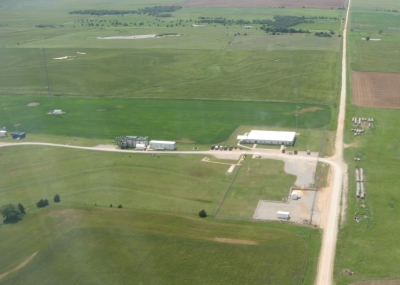
-
- Using ARM Aerial Facility data collected in two intensive operational periods—spring and late summer 2016—over the Southern Great Plains atmospheric observatory, scientists are garnering a more complete understanding and improved parameterizations of the life cycle of shallow clouds. These aircraft measurements are being combined with extensive, routine measurements from the Southern Great Plains observatory, as well as the Large Eddy Simulation (LES) ARM Symbiotic Simulation and Observation workflow, cloud resolving, and cloud-system resolving models. Preliminary findings from the recent Holistic Interactions of Shallow Clouds, Aerosols, and Land-Ecosystems (HI-SCALE) campaign will be shared in this presentation.
Presentation A42C-01. Improving the Understanding and Model Representation of Processes That Couple Shallow Clouds, Aerosols, and Land-Ecosystems – Thursday, December 15, 10:20 to 10:35 a.m., Moscone West 3010
ARM Airborne Carbon Measurements V
Be sure to visit this poster sharing results from the ARM Airborne Carbon Measurements (ARM-ACME V) field campaign. Scientists are using airborne observations of atmospheric trace gases, aerosols, and cloud properties from the North Slopes of Alaska to improve their understanding of global climate, with the goal of reducing the uncertainty in global and regional climate simulations and projections. Preliminary results using carbon dioxide, methane, carbon monoxide, ethane, and soot spectroscopy observations are teasing apart biogenic and thermogenic (i.e., biomass burning and oil and gas production) contributions.
Poster A51G-0139. ACME-V Mission in the North Slope of Alaska (Airborne Carbon Measurements) – Friday, December 16, 8 to 12:20 a.m., Moscone South Poster Hall
Current Activities
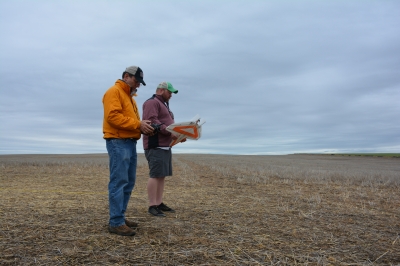
Using Unmanned Aerial Systems for Science
-
- Unmanned aircraft and tethered balloon systems are augmenting ground measurements at Oliktok Point, Alaska, where the third ARM Mobile Facility is gathering data. Over the past two years, unmanned aircraft and tethered balloon systems have been featured in research campaigns and routine operations. In this invited talk, scientists will provide an overview of these measurement campaigns, as well as research from the third ARM Mobile Facility that are helping inform numerical modeling efforts.
Invited Presentation A53I-01. Recent Observational Efforts Using the DOE ARM Observatory at Oliktok Point, Alaska – Friday, December 16, 1:40 to 1:55 p.m., Moscone West 3002
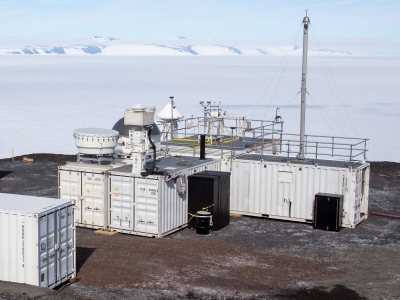
AWARE: ARM West Antarctic Radiation Experiment
West Antarctica is one of the most rapidly warming regions on Earth, and its changing climate in both atmosphere and ocean is linked to loss of Antarctic ice mass and global sea level rise. The specific mechanisms for West Antarctic Ice Sheet (WAIS) warming are not fully understood. To help get answers, a climate science and cloud physics campaign, called AWARE, was launched by DOE and the U.S. National Science Foundation. The second ARM Mobile Facility was deployed to McMurdo Station on Ross Island in November 2015 and will operate through December 2016. A second suite of instruments was deployed at the WAIS Divide Ice Camp on the West Antarctic plateau during December 2015 and January 2016. This presentation will share what scientists are already finding from preliminary data.Presentation A53I-08. The ARM West Antarctic Radiation Experiment (AWARE) – Friday, December 16, 3:25 to 3:40 p.m., Moscone West 3002
Upcoming Field Campaigns
Cloud, Aerosol, and Complex Terrain Interactions
The Cloud, Aerosol, and Complex Terrain Interactions (CACTI) experiment in the Sierras de Córdoba mountain range of north-central Argentina is designed to improve understanding of cloud life cycle and organization in relation to environmental conditions so that cumulus, microphysics, and aerosol parameterizations in multi-scale models can be improved. Visit this poster on characterizing aerosol environments in Southeastern South America associated with the presence of mesoscale convective system development to learn how CACTI measurements will be used.
A23F-0294. Storm Aerosol Environments and Aerosol Sources in Subtropical South America – Tuesday, December 13, 1:40 to 6 p.m., Moscone South Poster Hall
Land-Atmosphere Feedback Experiment
In August 2017, the Land-Atmosphere Feedback Experiment (LAFE) will deploy several state of-the-art scanning lidar and remote-sensing systems to the Southern Great Plains atmospheric observatory. These instruments will augment the ARM instrument suite in order to collect an advanced data set for studying feedback processes in the land-atmosphere system. Visit this poster session to learn more about this upcoming field campaign.
Poster H33K-1715. The Land-Atmosphere Feedback Experiment (LAFE) – Wednesday, December 14, 1:40 to 6 p.m., Moscone South Poster Hall
User Facility Exhibit
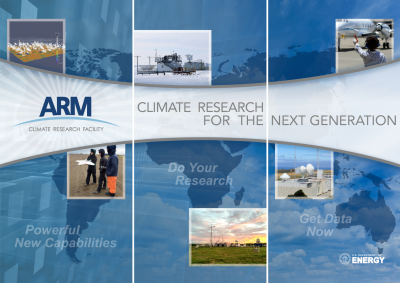
Visit the ARM Facility in Booth 540 to learn more about the facility and meet our scientists and engineers. Or pick up the 2016 ARM Annual Report and other materials that describe ARM’s measurement capabilities, data collections, and field campaigns. Exhibit Hall, Booth 540, Monday-Friday, show hours vary.Follow ARM on Facebook and Twitter by using the hashtag #ARMAGU and #AGU16.
# # #
The ARM Climate Research Facility is a national scientific user facility funded through the U.S. Department of Energy’s Office of Science. The ARM Facility is operated by nine Department of Energy national laboratories.

